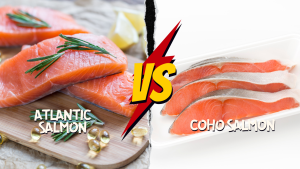
Choosing the Right Salmon: Atlantic vs. Coho
Discover the differences between Atlantic and Coho salmon: from omega-3 benefits and taste profiles to eco-conscious sourcing. Choose your ideal salmon for health and culinary excellence.

Discover the differences between Atlantic and Coho salmon: from omega-3 benefits and taste profiles to eco-conscious sourcing. Choose your ideal salmon for health and culinary excellence.
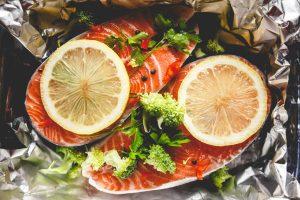
Unlock the secrets of Sockeye salmon: from its bold flavors and profound health benefits to easy, gourmet recipes. Learn why it’s the heart-healthy choice for you.
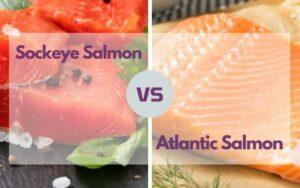
Discover the key differences between sockeye and Atlantic salmon right away, focusing on taste, nutrition, and sustainability. This guide helps you choose wisely between wild
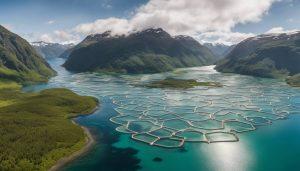
Disappearing wild salmon populations have been a hot-button issue for years. Yet, few realize the environmental impact of their seemingly harmless dinner plate substitute: farmed
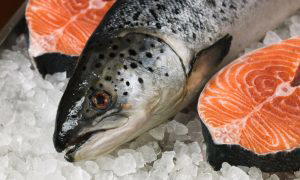
Are you wondering how long fresh salmon stays good in the fridge? Discover the ideal storage time and ensure your salmon stays fresh and flavorful. Read on for expert advice!

Smoked salmon is a delicacy enjoyed by many around the world. With the right combination of temperature, time, and technique, you can create a mouthwatering
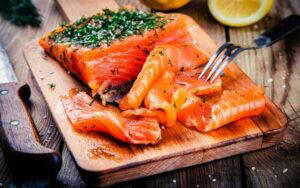
If you want food items to last long, one solution is to freeze them. So, if you have plenty of smoked salmon and you want